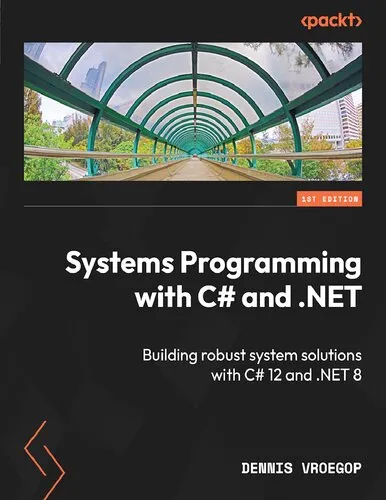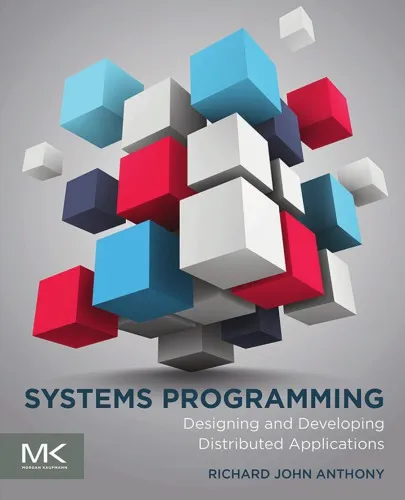Writing Linux Device Drivers: a guide with exercises (Volume 3)
4.5
Reviews from our users

You Can Ask your questions from this book's AI after Login
Each download or ask from book AI costs 2 points. To earn more free points, please visit the Points Guide Page and complete some valuable actions.کتاب های مرتبط:
Introduction to "Writing Linux Device Drivers: a Guide with Exercises (Volume 3)"
Welcome to "Writing Linux Device Drivers: a Guide with Exercises (Volume 3)", an advanced step-by-step handbook designed to unlock the intricacies of Linux device driver development. This book is a perfect companion for software developers and enthusiasts who want to dive into the core of Linux kernel programming, particularly in the realm of device drivers. Volume 3 of this series builds upon previous volumes while providing readers with richer insights, hands-on exercises, and deep technical dives into the complexities of device programming.
Detailed Summary
At its core, this book focuses on delivering a comprehensive understanding of device driver development for the Linux operating system. It begins with foundational concepts such as the anatomy of Linux drivers and their relationships with the kernel. Gradually, as you progress through the book, you’ll encounter complex topics, including interrupt handling, memory mapping, and debugging techniques tailored to Linux systems. The exercises in each chapter ensure that theoretical knowledge transforms seamlessly into actionable coding practices.
Volume 3 places a strong emphasis on practical implementation, enabling readers to create their own device drivers while addressing real-world scenarios. Whether your goal is to develop kernel modules or interface with hardware components, this book offers meticulous guidance. Designed for both intermediate and advanced developers, it serves as a bridge from beginner-level knowledge to expertise in Linux system programming.
Key Takeaways
- Learn the critical architecture of Linux device drivers and understand their interaction with the kernel.
- Master essential concepts like memory mapping, file operations, and concurrency in driver programming.
- Understand debugging techniques and tools to identify and solve problems in your driver code.
- Work through hands-on exercises to solidify your practical skills in Linux kernel module development.
- Gain confidence in creating drivers that are robust, scalable, and efficient.
Famous Quotes from the Book
"Linux doesn't hide its inner workings—it invites you to explore them, and this is the core philosophy of device driver programming."
"A driver is the bridge between software abstraction and hardware reality, and learning to build this bridge is a transformative skill for any developer."
"Debugging is not about finding a needle in a haystack; it's about understanding the haystack well enough to locate the needle effortlessly."
Why This Book Matters
In the modern world of technology, Linux continues to dominate servers, embedded systems, and many other computing environments. Understanding how software interfaces with hardware is vital for developers working in these fields. This book’s focus on Linux device drivers is not just an exploration of a niche skill but a gateway to becoming proficient in one of the most powerful and versatile operating systems. As the demand for Linux-based solutions grows, so does the need for competent programmers who can craft high-quality device drivers.
Moreover, "Writing Linux Device Drivers: a Guide with Exercises (Volume 3)" serves as an excellent tool for anyone aiming to understand low-level programming and develop a profound skill set that can be applied to robotics, IoT, networking devices, and beyond. With its structured approach, filled with practical exercises and expert insights, this book ensures you not only learn Linux driver programming but also excel at it.
Free Direct Download
You Can Download this book after Login
Accessing books through legal platforms and public libraries not only supports the rights of authors and publishers but also contributes to the sustainability of reading culture. Before downloading, please take a moment to consider these options.
Find this book on other platforms:
WorldCat helps you find books in libraries worldwide.
See ratings, reviews, and discussions on Goodreads.
Find and buy rare or used books on AbeBooks.
1193
بازدید4.5
امتیاز0
نظر98%
رضایتReviews:
4.5
Based on 0 users review
Questions & Answers
Ask questions about this book or help others by answering
No questions yet. Be the first to ask!
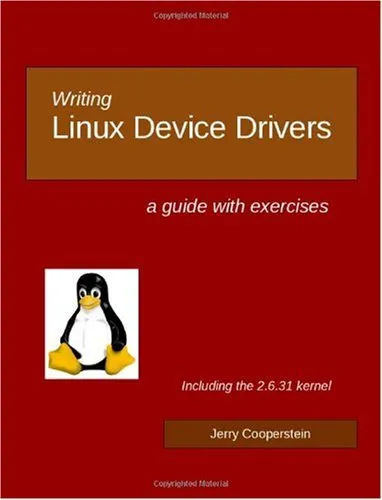
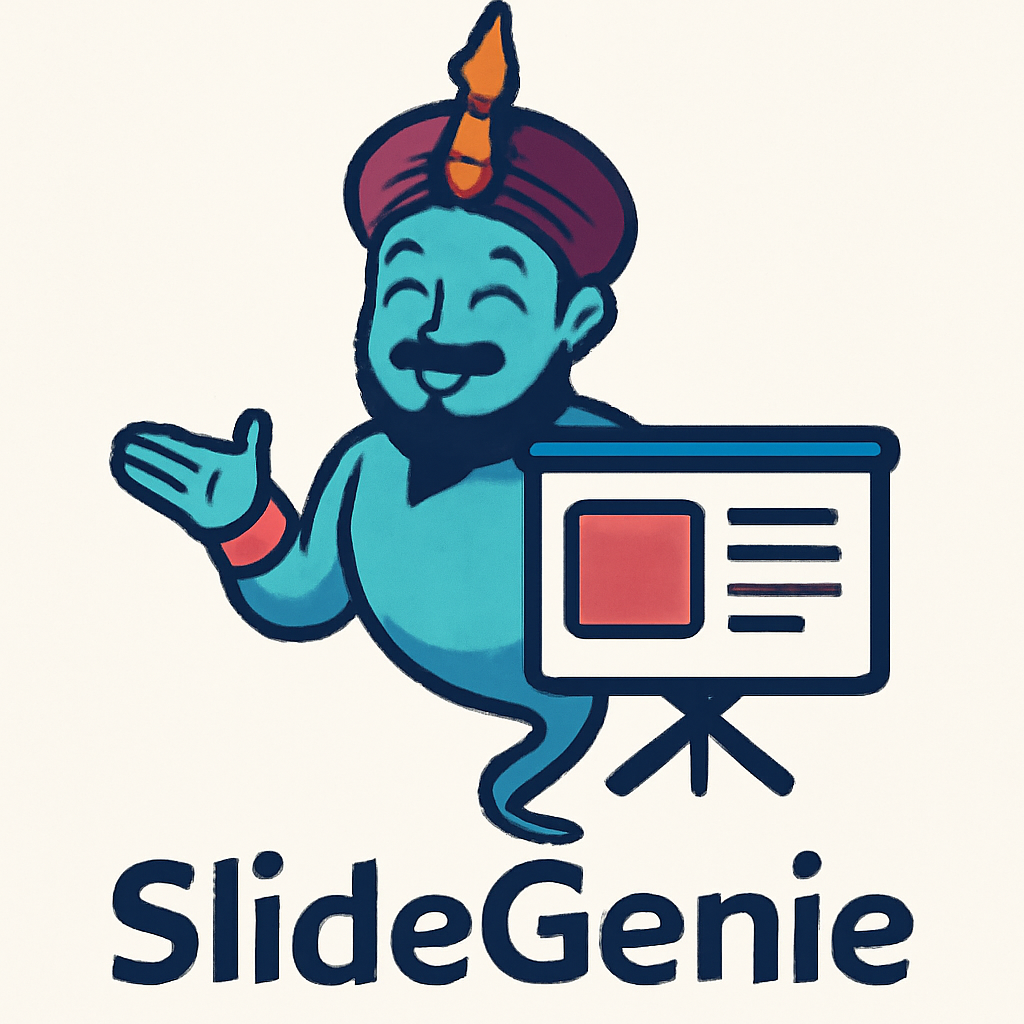
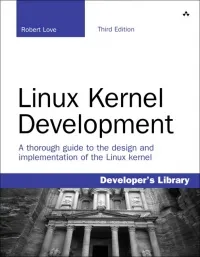
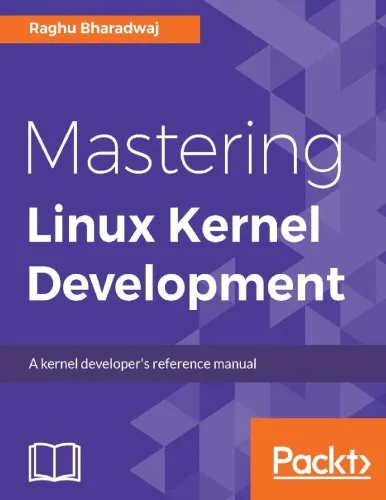

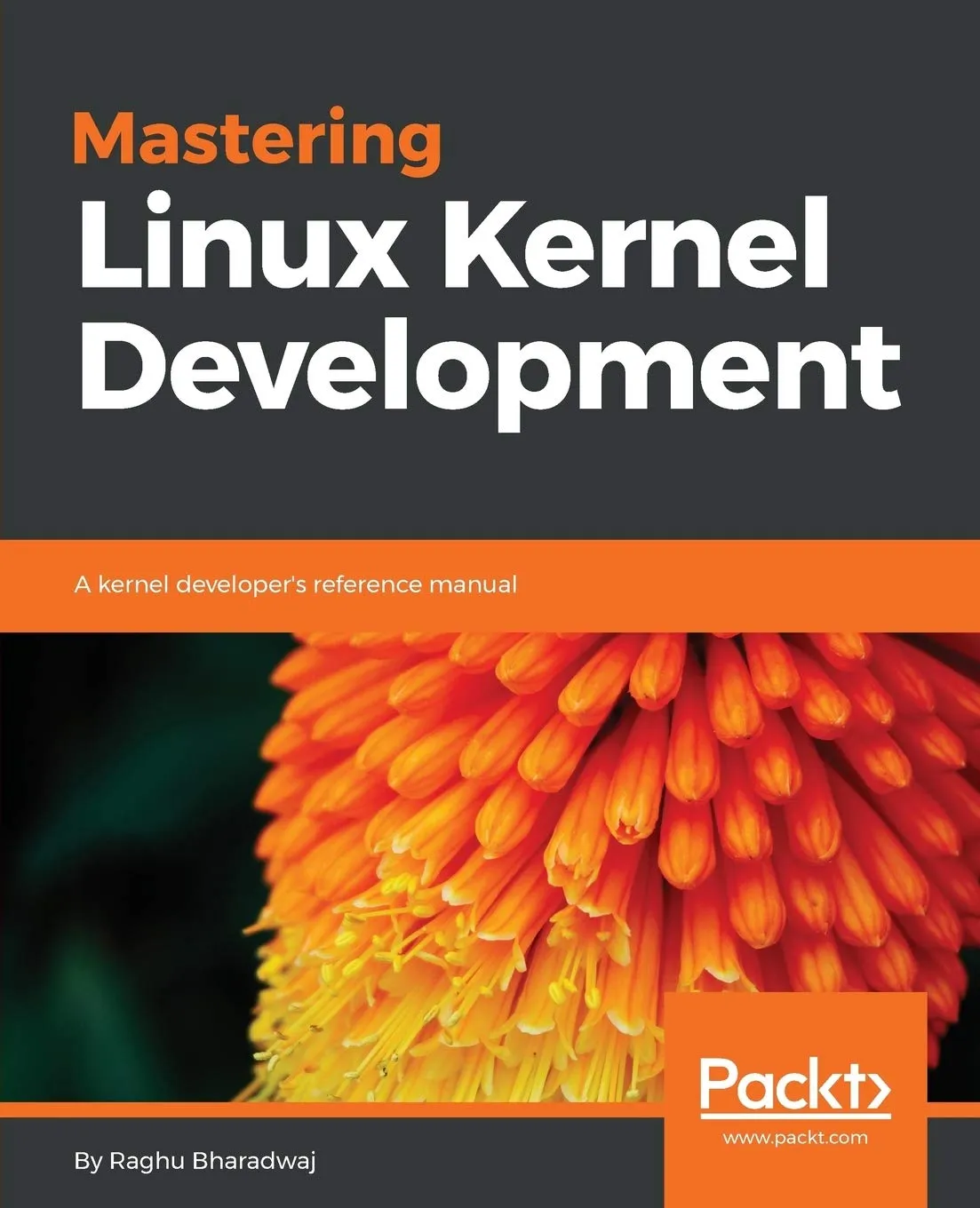
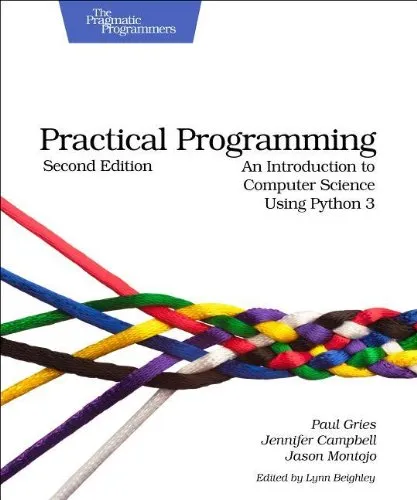
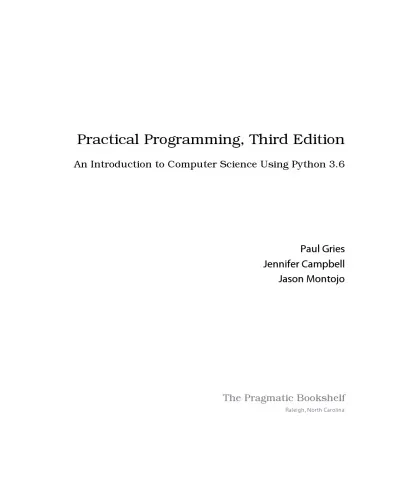
![Practical Programming. An Introduction to Computer Science using Python 3.6 [3rd ed.]](https://s3.refhub.ir/images/thumb/Practical_Programming__An_Introduction_to_Com_3762.webp)
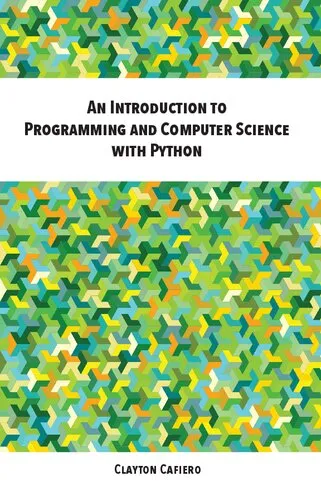
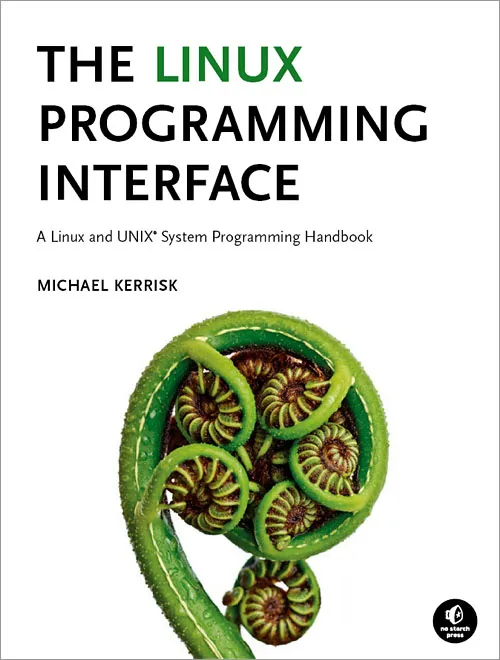
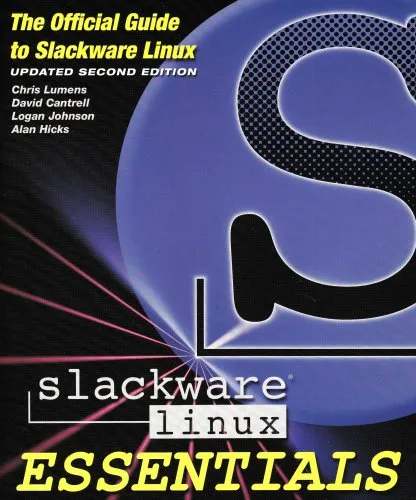
![[ An Introduction to Functional Programming Systems Using Haskell[ AN INTRODUCTION TO FUNCTIONAL PROGRAMMING SYSTEMS USING HASKELL ] By Davie, Antony J. T. ( Author )Jun-18-1992 Paperback](https://s3.refhub.ir/images/thumb/An_Introduction_to_Functional_Programming_Sys_34929.webp)
